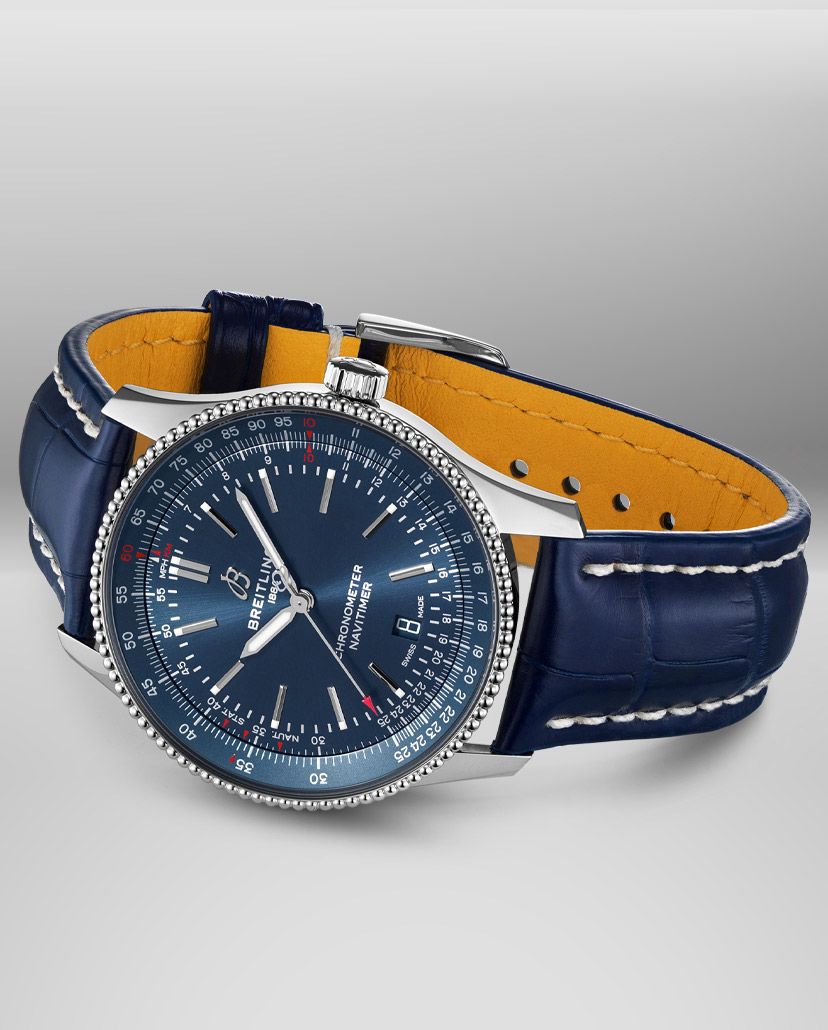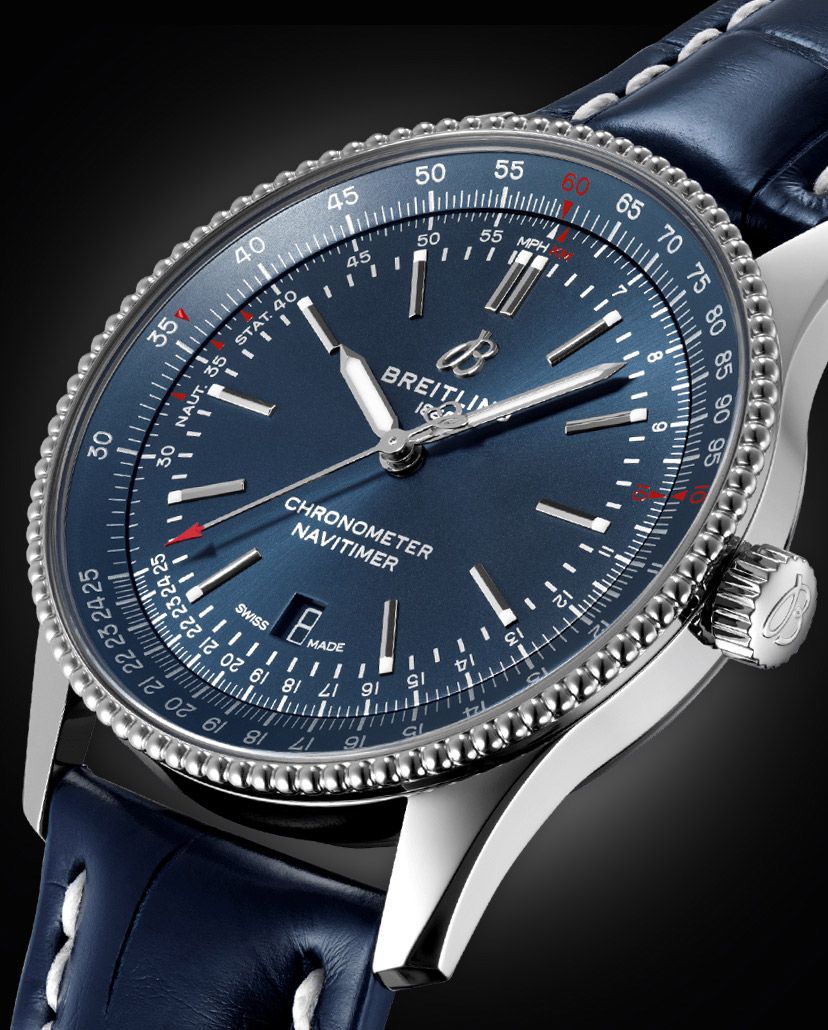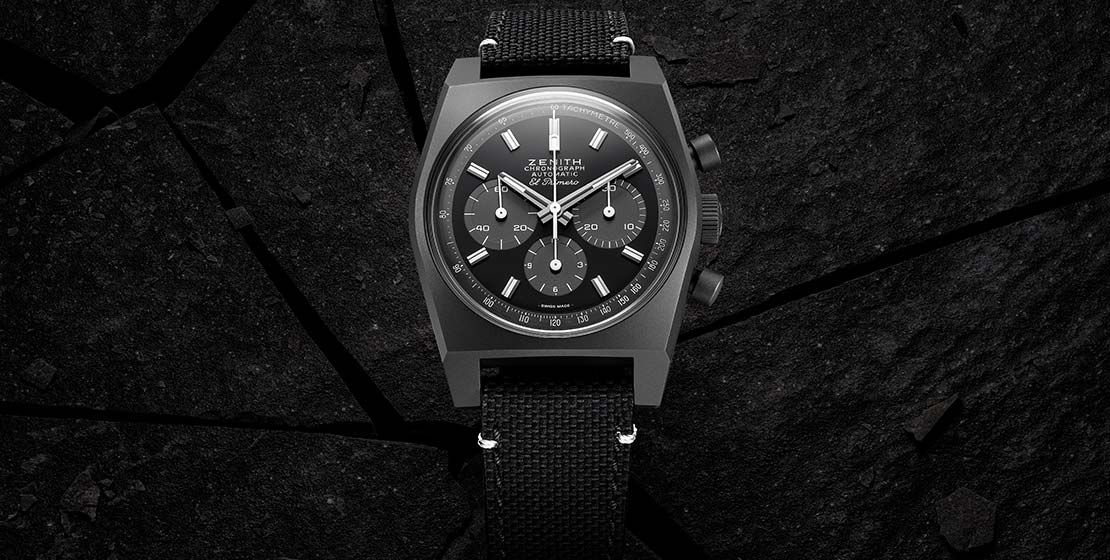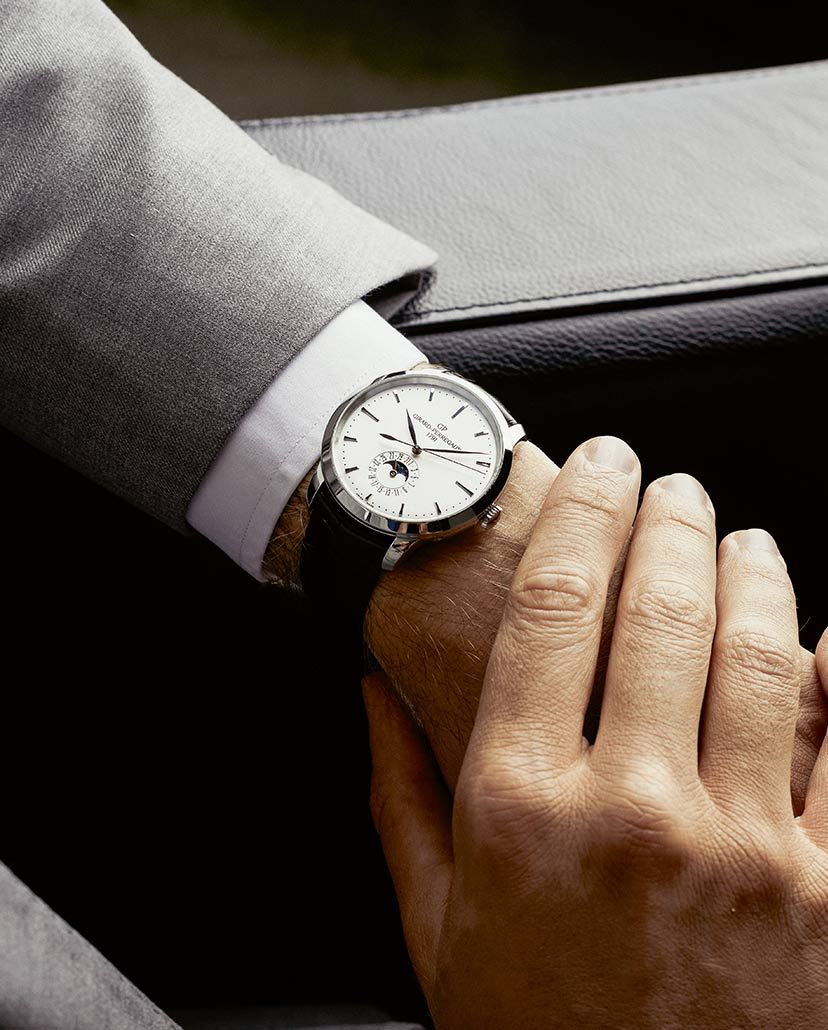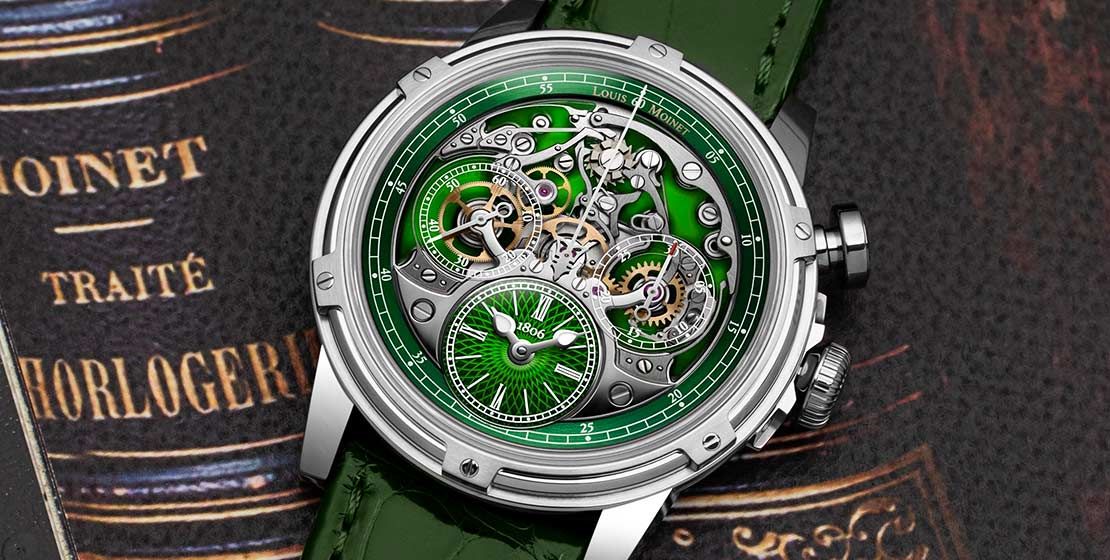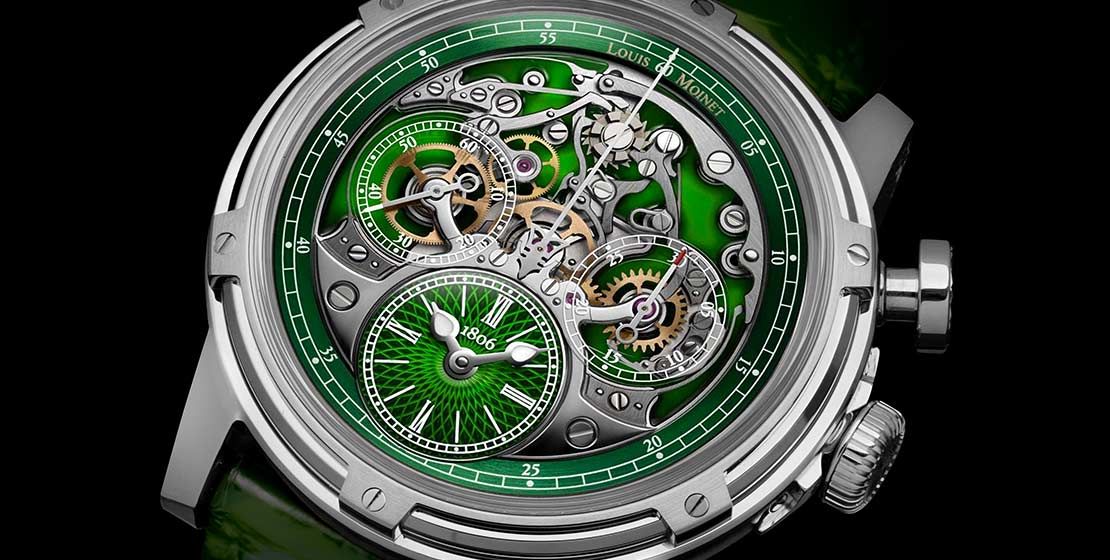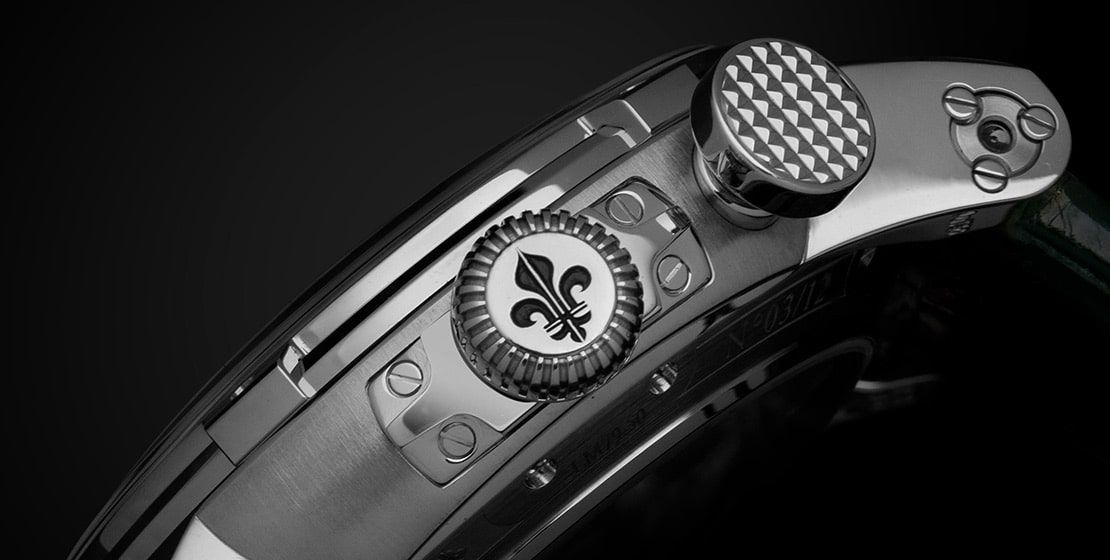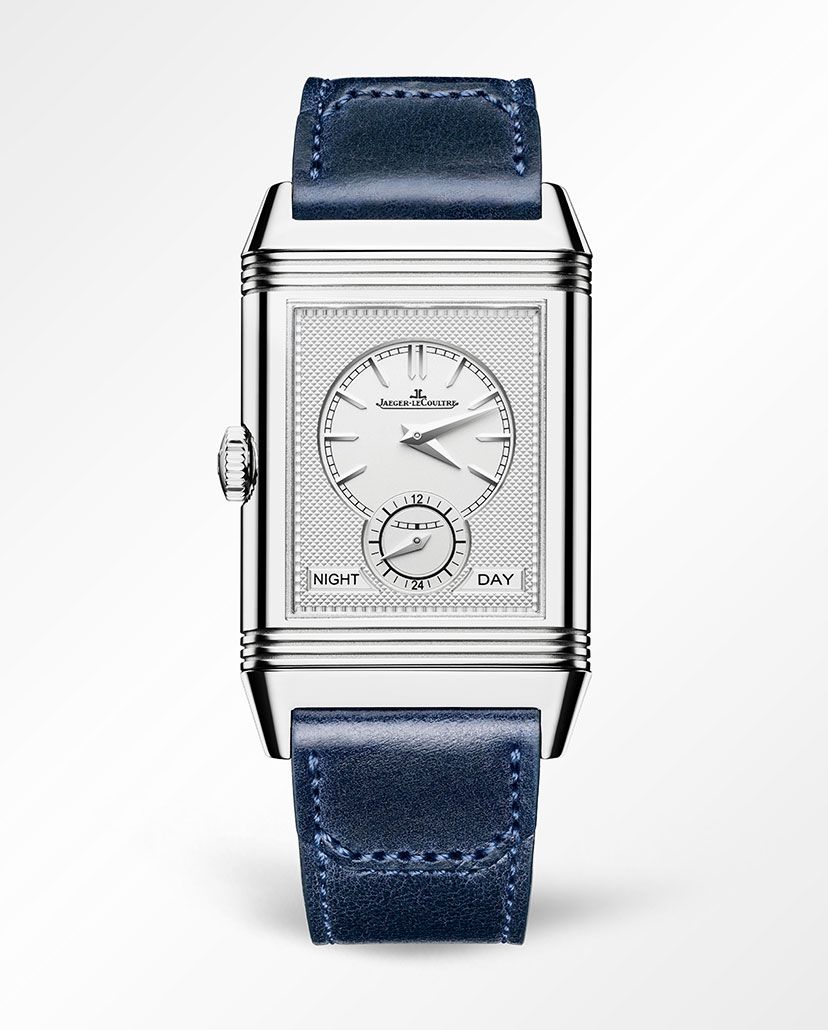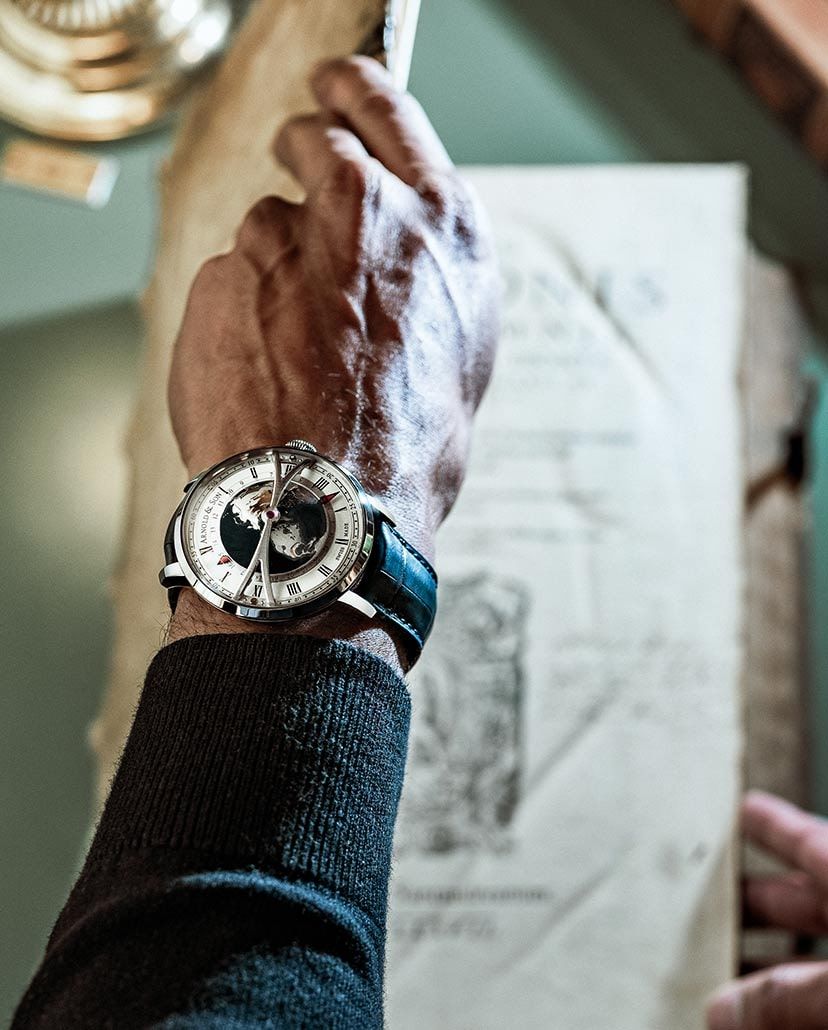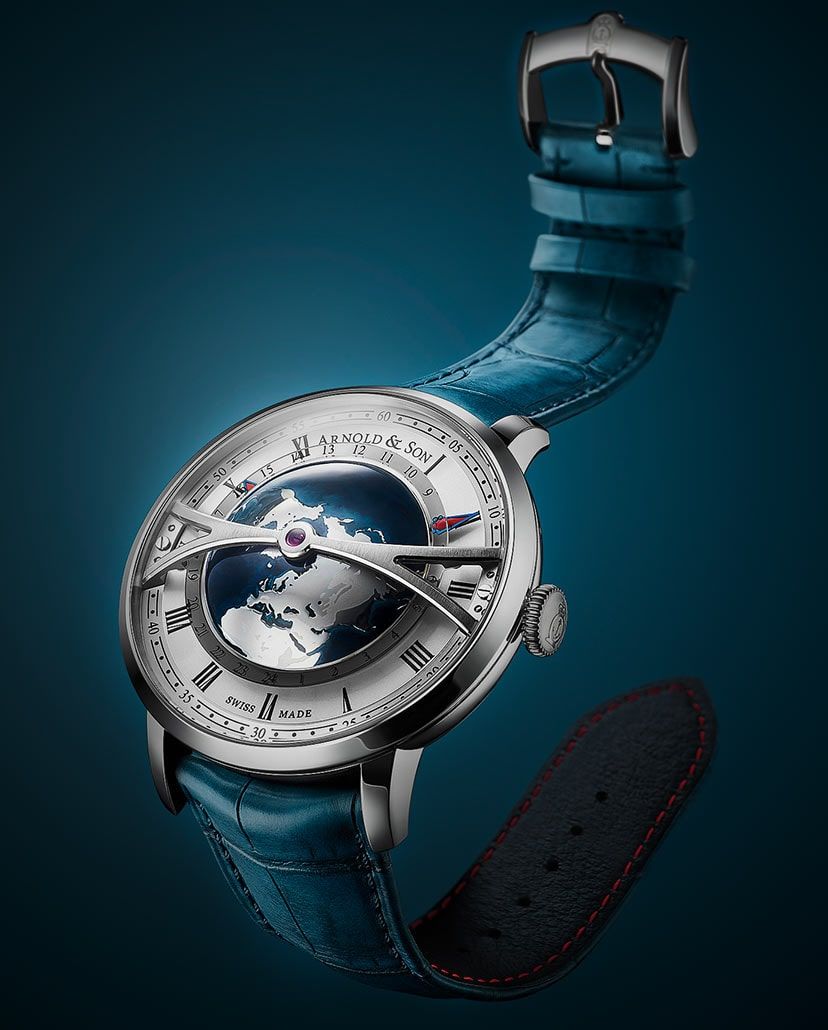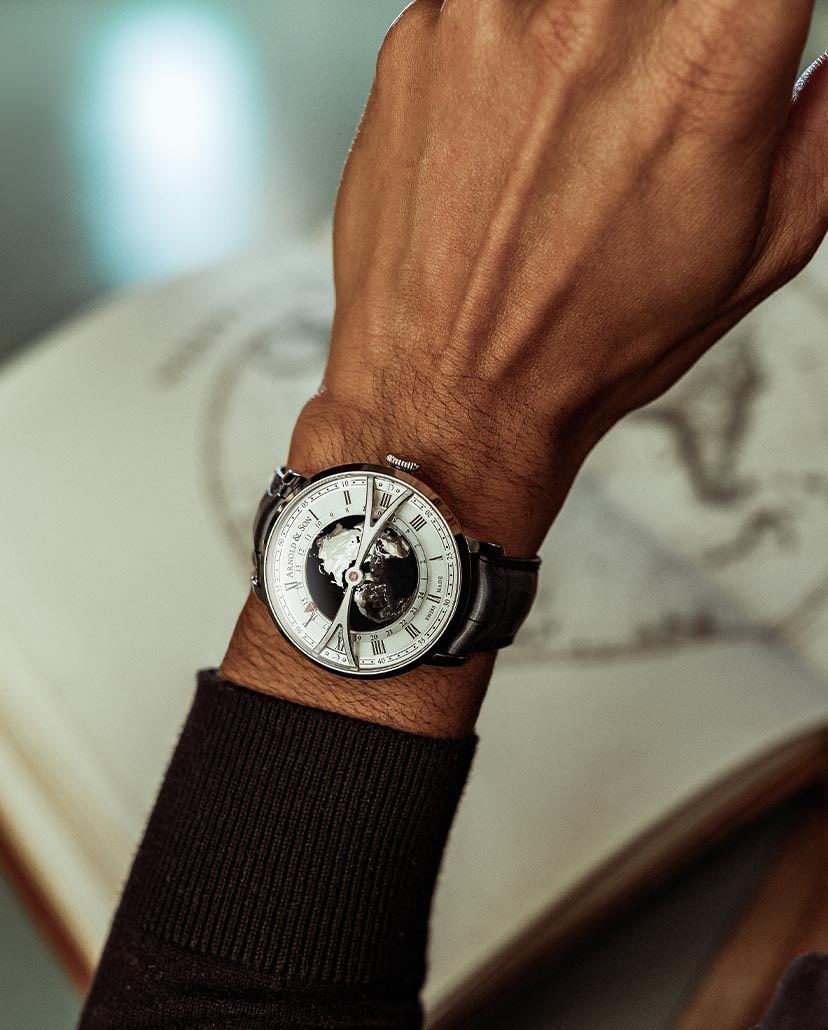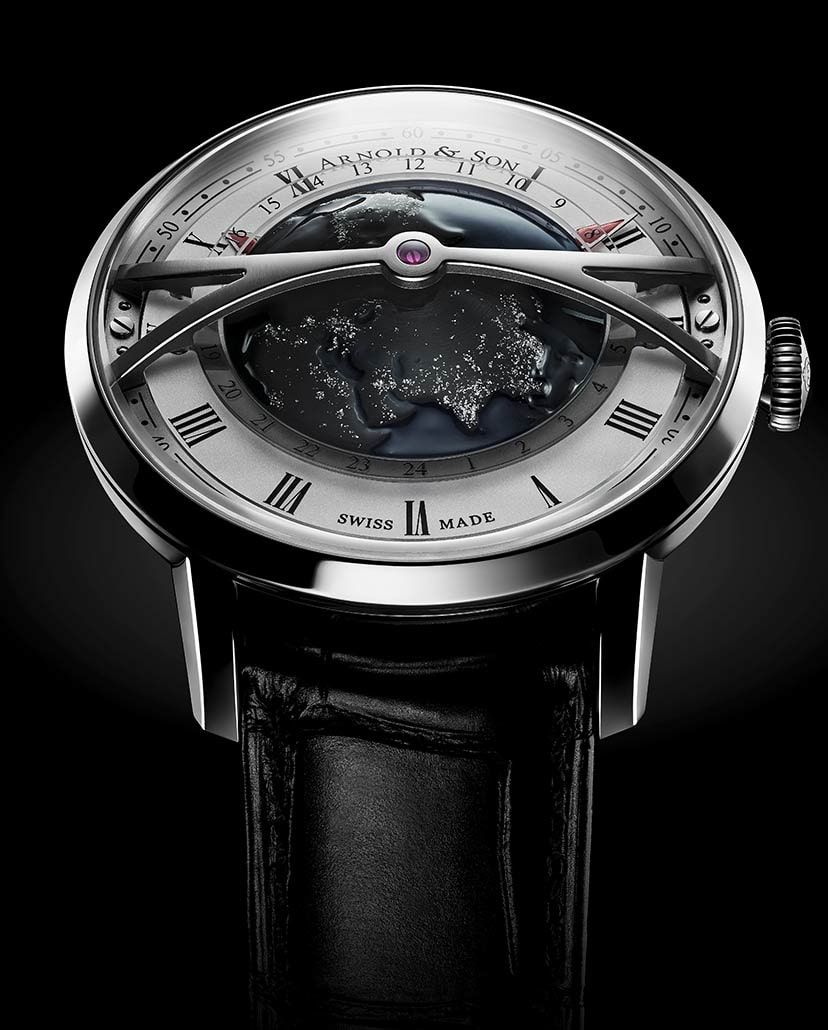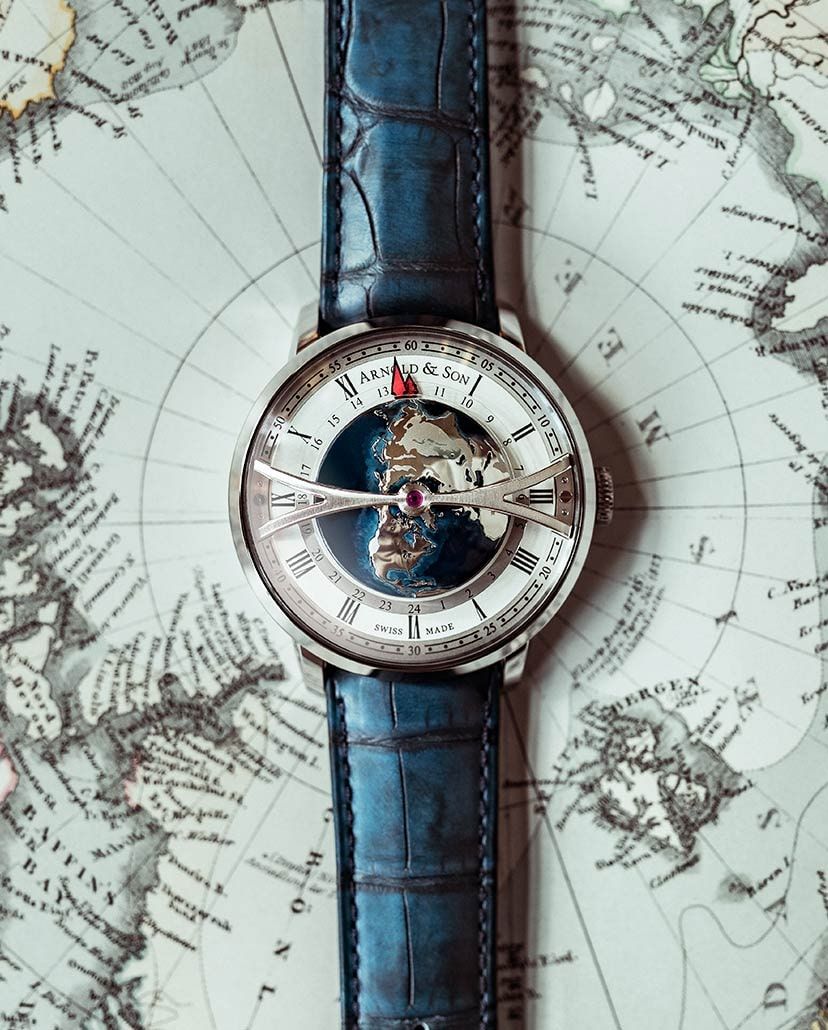Round-UpThe Beginner’s Guide To Buying A Wristwatch—Presenting Seven Exceptional Timepieces
Choosing a wristwatch is a daunting task, especially if it happens to be your first horological indulgence. While research goes a long way and even consulting a specialist offers a great perspective, narrowing down to the functions offered by a timepiece always provides immense clarity. The Watch Guide breaks it down for you, so that you’re at ease while going through this process
May We Recommend
So, you’ve saved up the moolah to finally splurge on that timepiece, which has been on your wish list forever. You’ve done your research—gone through several blogs, participated in online forums and browsed through journals—for a sound understanding of the kind of watch you should buy, especially if it’s your first timekeeper. While the internet has made this easy and has helped simplify the process, one needs to keep certain points in mind when you set out to buy your first watch. Now, we’re not patronising anyone here and this is with a clear understanding that customers are now more aware than ever, especially when it comes to the luxury sector. And we’re not just talking about frequent customers who’ve built a collection over the years but even people who are yet to make their first big purchase—the gateway into the world of horology (we’re strictly talking about mechanical watches only). While budgeting is the most obvious thing to look out for, it’s important to narrow down as to why you need the watch and where will you find yourself wearing it the most. Apart from this colour, choice of metal—steel, ceramic or precious materials like gold—are very subjective choices. However, we realised that it is always easier if one zeroes in on the functions offered by a watch. After all, that’s where the expertise of the watchmaker come to the fore. Here are some outstanding watches that you could consider based on some common but most important features, if you wish to take your wrist game to the next level with your first horological indulgence.
Aviator Watch
Breitling Navitimer Automatic 41
Traditionally designed for pilots and professionals to help them with important calculations while controlling aircraft in the turbulent skies, aviator watches have come a long way and are no longer just limited to navigators. They have found a cult following among people who generally just enjoy the thrill of donning a watch with such a legacy. And when one talks of aviation, one surely can’t miss Breitling. Equipped with a rotating slide-rule bezel to offer numerous inflight calculations, the Breitling Navitimer soared in popularity, right after its launch in 1952. Over the years, the timepiece has witnessed various modifications to keep up with the demands of modern-day living and dynamic lifestyles. Refined and elegant, the Navitimer Automatic 41 launched in 2019, combines the historic appeal of a true icon with the sophistication of a contemporary timepiece. The model here is available in stainless steel with a blue dial, and is powered by the Breitling Calibre 17—a COSC-certified chronometer. While the original version was a chronograph, the new watches in this line are three-hand with Breitling’s familiar circular slide rule and distinctive beaded, bidirectional bezel. The automatic movement supplies a power reserve of approximately 38 hours, beating at a frequency of 28,800vph. Water-resistant to 30m, the watch is presented on a blue alligator leather strap.
Chronograph
Zenith Chronomaster Revival Shadow
A function that was once popularised as well as glamourised in the 60s by fast cars operated by dandy drivers, who were constantly living on the edge, the chronograph is perhaps one of the most common complications that one comes across in mechanical wristwatches. Among these, Zenith needs no introduction. Famous for their legendary El Primero calibre launched in 1969, the brand had even produced a prototype of a manual-winding chronograph, housed in a blackened steel case—a rarity for the time but the model was never officially produced or commercialised. In 2019, as the brand began celebrating the 50th anniversary of the El Primero chronograph calibre, they launched the Chronomaster Revival ‘Shadow’, inspired by the prototype from yesteryears. This watch is housed in a 37mm case, a faithful reproduction of the very first watch fitted with the El Primero—the A384. But instead of the traditional choice of stainless steel with a superficial layer of black coating, Zenith have opted for microblasted Titanium, enhancing the dark grey gradients of this timekeeper. However, unlike the manual-winding prototype from 1970, the Chronomaster Revival Shadow features an automatic El Primero 4061 chronograph calibre—visible through the caseback. The dial features grey counters and a tachymeter scale, subtly contrasting against the deep, matt black backdrop. The hands and applied markers are filled with white Super-LumiNova that emits a bright green glow in the dark. Water-resistant to 50m, the watch is presented on a black rubber strap concealed with fabric, fitted with a titanium pin buckle.
Dive Watch
Carl F. Bucherer Patravi ScubaTec Black Manta Special Edition
Dive timers rose to prominence in the 1950s when they were specifically designed as tool watches for professional divers. And not just that, they serve as safety gear for deep sea divers and scuba divers, to help them reach back to the surface in perfect time since it’s easy to lose track of time underwater. However, like all other tool watches, dive watches, too, have undergone evolution to emerge in their modern-day avatar. They are now not necessarily worn for diving, and surprisingly look extremely stylish even when paired with a tuxedo. We recommend the Carl F. Bucherer Patravi ScubaTec Black Manta Special Edition—a COSC-certified chronometer that comes in an ultralight, 44.6mm titanium case that’s water-resistant to 500m, and is equipped with a helium release valve. It also furthers the brand’s efforts towards sustainable practices as part of the proceeds are donated to the UK-based Manta Trust charity, which works towards preserving the marine ecosystem and wildlife. The watch offers supreme legibility underwater, thanks to the Super-LumiNova-coated indices and hands, which frame the silhouettes of two manta rays in the centre of the black dial. The dive time can be easily set with the unidirectional rotating bezel in titanium and ceramic—one of the watch’s safety features, alongside the automatic helium release valve. It is powered by the automatic CFB 1950.1 calibre, which supplies a power reserve of 38 hours, and is presented on a black rubber strap with a recycled textile layer.
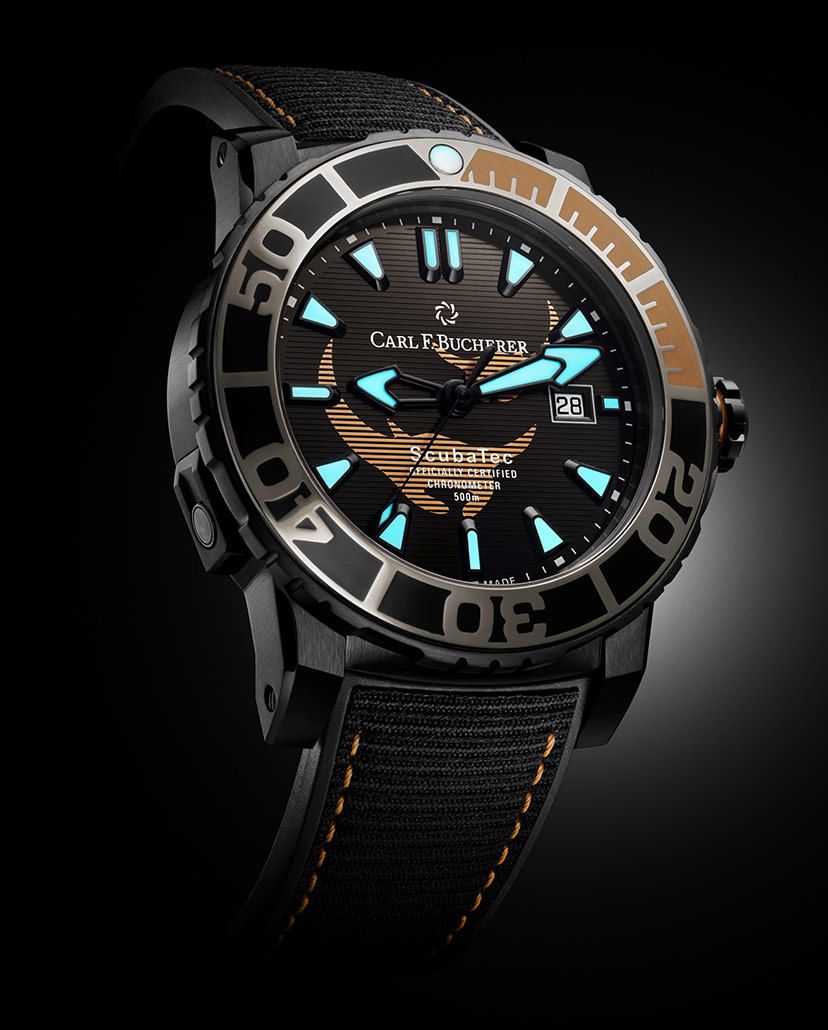
Dress Watch
Girard-Perregaux 1966 Date And Moon Phases
While they embrace minimalism with a three-hand timekeeping system, dress watches hark back to the days of yore with their classic design codes. They are more about style coupled with simplicity as compared to having a fleet of complications, save for maybe a date or moon phase function. Dress watches generally have a slim profile and are mostly presented on leather straps. We’ve zeroed in on the Girard-Perregaux 1966 Date And Moon Phases timepiece for exhibiting the hallmarks of the quintessential dress watch from the 1960s. This classic timepiece comes in a round, 40mm stainless steel case, where the silver opaline dial features sleek hour markers, a calendar display and moon phases. A domed sapphire crystal protects the dial and the caseback, and one can get a glimpse of the inner workings of the automatic mechanical calibre GP03300 composed of 276 components. It beats at a frequency of 28,800vph and supplies an energy reserve of up to 46 hours. Water-resistant to 30m, it’s attached to a black alligator leather strap, which complements its classic architecture.
Skeleton Watch
Louis Moinet Memoris
In the late 18th century, André-Charles Caron, a clockmaker to Louis XV devised a new way of engaging discerning collectors in Paris. He introduced them to a ‘skeleton watch’—an open-worked timepiece, which exposed the wheels and gears of a watch for the first time ever. Over the years, several brands have acquired this technique and made it an integral part of their collections. From simple, slim watches to grand complications, watch companies have been increasingly experimenting with this delicate craft that reveals the watch mechanism in all its glory. We recommend the Louis Moinet Memoris for bridging the past and present in the most outstanding manner. With this watch one also gets the benefit of having the chronograph feature along with the dizzying open-worked labyrinths on the dial. Launched in 2016, to mark the 200th anniversary of the chronograph, the Memoris collection is important for the brand since it makes the chronograph the central function while time is the complication here. The caseband is inscribed with the Louis Moinet signature, and its lugs boast four black zircons in a screwed setting—an ingenious method for case decoration. The model featured here comes in a 46mm titanium case, and is ultralight despite the robust proportions. It is powered by the automatic chronograph calibre LM79 that beats at a frequency of 28,800vph and packs in a power reserve of 48 hours. The inner workings are visible through the dial where the hours and minutes are depicted by a single sub-dial at six o’clock, and the chronograph counters are at three and nine o’clock. It also comes with an automatic pawl winding system with an elegant spring in a ‘crab claw’ design, or a bidirectional winding system with a miniature ceramic ball bearing mounted on the dual-material rotor. This allows the watch to be wound up in both directions, with minimum energy loss. Water-resistant to 50m, this skeletonised timekeeper is presented on a glossy, green leather strap.
Timeless Icon
Jaeger-LeCoultre Reverso Tribute Duoface
Timeless icons need no introduction. They are the holy grail of fine watchmaking and are on everyone’s wish list. They are evergreen pieces but need not be restrained by minimalism though they exhibit certain classic design aesthetics since they thrive on legacy that’s built over the years. Enough has been said and written about the Jaeger-LeCoultre Reverso—crafted in 1931 for British army officers commissioned in India for their polo matches. Replete with a reversible mechanism to protect the dial against the rigours of a polo tournament, this watch was a unique design and till date continues to hold its own in a sea of extraordinary watches. This flip-over case design has evolved and been incorporated in several models, without deflecting from the basic principle of crafting a watch with two faces. This model here, the stainless steel Reverso Tribute Duoface houses a manual winding movement that brings to life its two dials, displaying two time zones and a practical day/night indicator—perfect for travel enthusiasts. Its 47mm x 28.3mm stainless steel case frames a blue dial that features a small seconds window at six o’clock, and trademark dauphine hands. On reversing the first face, one sees a second, silvered-grey dial with a day/night indicator for the home country. It is powered by a manual-winding movement calibre 854A/2, beating at 21,600vph and supplies the watch with energy for up to 42 hours. Water-resistant to 30m, the rectangular masterpiece is presented on a blue leather strap, enhancing its classical appeal.
World Timer
Arnold & Son Globetrotter Day/Night
Developed in the 1930s—before commercial travel became accessible to the common public—world timers allow one to easily adjust to any time zone on the planet, without the added stress of constantly having to calculate the time difference between the cities. Since they usually display time in all the 24 major cities of the world, ie 24 time zones, they provide the wearer a hassle-free way to adjust time, especially when they are jet-setting around the globe for business or a leisure trip. If you had to pick a world timer as your first watch then we suggest you opt for the Arnold & Son Globetrotter. With its large, cupola structure, this timekeeper stands out for its prominent central arched bridge, with its three-dimensional terrestrial dome. Crafted in stainless steel, the 45mm timepiece features one of the largest rotating world time displays on a wristwatch. It also offers a spectacular view of the Northern Hemisphere depicting the continents, mountains and oceans—etched on a brass surface. The oceans and continents look absolutely real and are created by chemical etching, and their upper surfaces are polished while the mountainous areas are sandblasted to create visual depth. The water is represented by hand lacquering with different shades of blue. The dial features Roman numerals for the hours and a circular brushed chapter ring for the minutes, both indicated by red hands. The world-time display is surrounded by a 24-hour disc, fixed to the same bridge that holds the hemisphere, and makes a single rotation every 24 hours. Though the functions seem complicated, this is quite a user-friendly watch with a three-position crown system that regulates the timekeeping mechanism. There’s also the Globetrotter Night version that offers a realistic and a meticulously executed interpretation of the Northern Hemisphere at night with the bright city lights, illuminating the globe. Bothe versions are driven by the in-house calibre A&S6022 with an automatic winding system, supplying energy for at least 45 hours, and are water-resistant to 30m.


